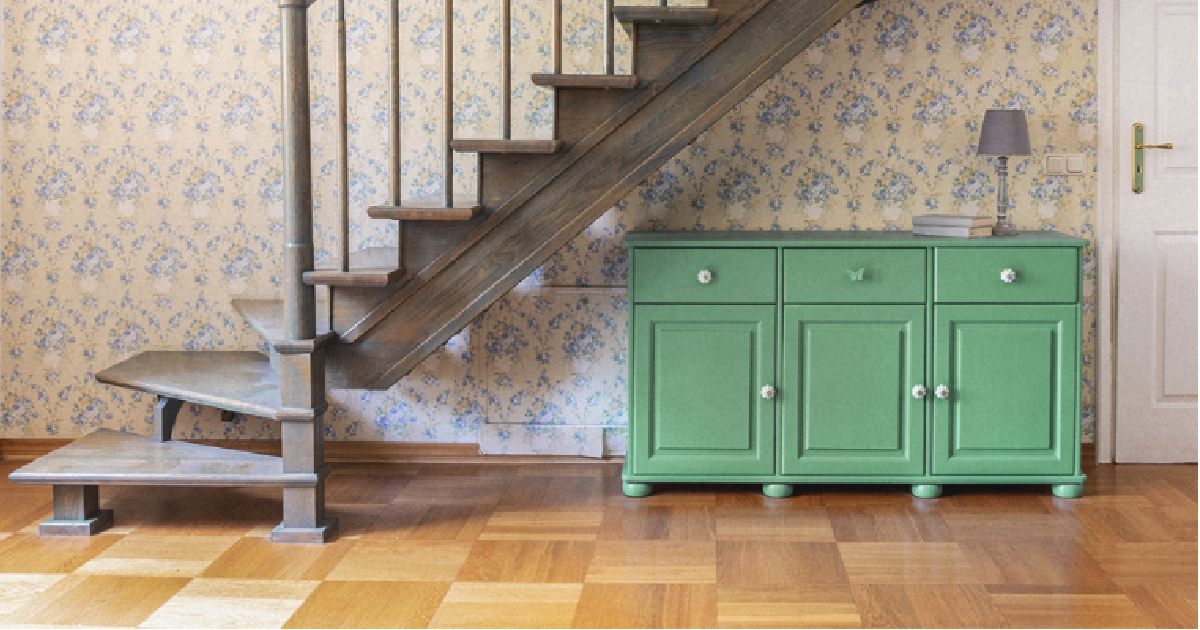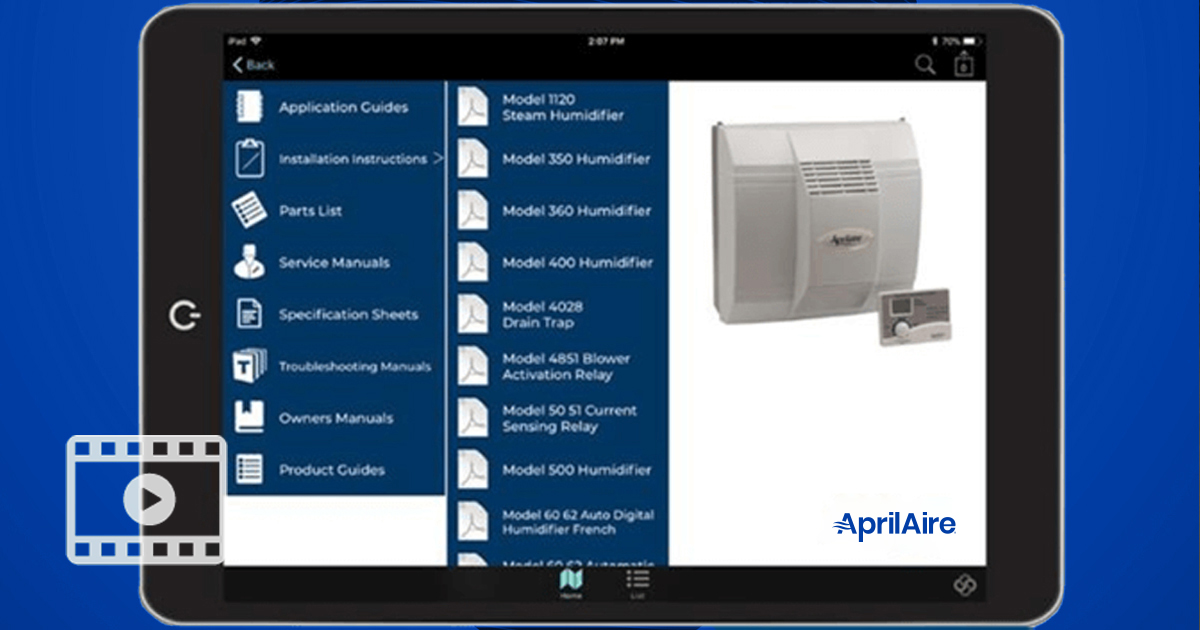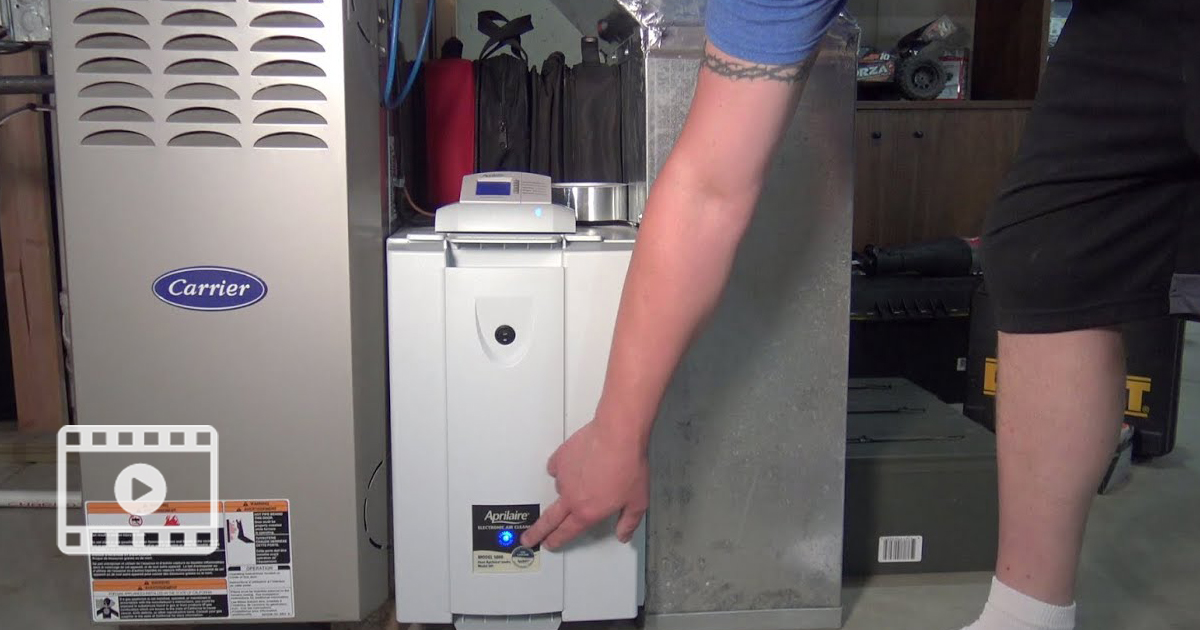Radon Gas
It is vital to provide knowledge, resources, and solutions for radon to consumers since it presents dire health-related consequences. The Environmental Protection Agency has a consumer-focused brochure that provides a checklist of resources and topics dedicated to radon reduction. One of those topics includes selecting a contractor to work on radon reduction. It suggests using a certified contractor. The National Rado Proficiency Program offers a certification program.
How Does Radon Gas Form?
Radon comes from uranium present in rock and soil. Eventually, that uranium breaks down and turns into radium, which forms into radon gas.
Radon can enter into the home through cracks in walls, basement floors, foundations, and other kinds of openings. It is rare but in some cases, radon can enter through the home’s water supply or building materials.
How Do You Know If There Is Radon?
It can definitely be hard to detect. Health-related symptoms are a key sign that someone has had radon exposure. These symptoms include shortness of breath; new or worsening cough; pain or tightness in the chest; or trouble swallowing.
Since it is hard to detect radon in the home, offer radon tests to homeowners so they can know if radon is present in their home before they experience health problems.
What Remediation Options Are There?
The best option is to prevent radon from entering the home in the first place, but because it is odorless, it can be difficult to detect.
If your findings show that your radon gas levels are high, your customers must look into remediation. Radon remediation systems can reduce those levels up to 99% making them incredibly effective. The first step for any radon reduction project will be sealing the exterior of the house since radon enters the home through the soil.
Sealing the home first will help prevent more radon from entering the home. Future cracks may develop as the home settles into the foundation opening up other entrant points. This may require your team to go out and seal up the exterior of the house again.
The most popular, and widely used, remediation method is a vent pipe and fan. This system will bring fresh air into the home and push the radon-polluted air out. This combination will help dilute current radon levels.
An AprilAire Ventilation system can help bring in fresh air and push polluted air out. Along with the sealing, this should help with radon reduction and reduce it to healthy levels. The EPA recommends customers maintain their radon system with semi-annual maintenance to replace filters and annual maintenance to clear the system of debris.
AprilAire offers several types of air filters to capture airborne particles to provide ultimate protection against airborne pollutants.
Providing these services, tests, and resources will help ease your customer’s concerns about indoor air quality.
Healthy Air System™
An AprilAire Healthy Air System helps ensure indoor air quality through the year. It can help prevent airborne pollutants such as viruses, allergy triggers, and other airborne particles. Using a combination of air filtration, fresh air ventilation, and humidity control the Healthy Air System’s multi-pronged approach helps maintain and create healthy indoor air quality.
Clean air is Healthy Air, pure and simple. AprilAire helps to ensure your customer’s homes are filled with Healthy Air.










